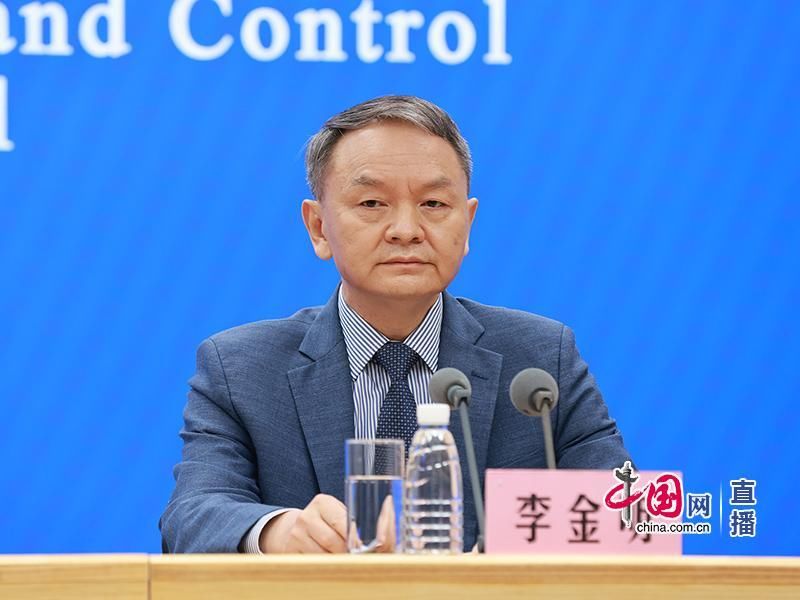On June 9, the Joint Prevention and Control Mechanism of the State Council held a press conference to introduce the situation of nucleic acid testing and epidemic prevention and control. Li Jinming, deputy director of the National Health Commission’s Clinical Laboratory Center, introduced the differences between swabs at different nucleic acid sampling sites.

▲Li Jinming, deputy director of the National Health Commission Clinical Laboratory Center
Li Jinming said that the samples include samples from the lower respiratory tract, such as sputum, and samples from the upper respiratory tract, such as nasopharyngeal swabs and oropharyngeal swabs. Among the samples of these swabs, the sputum had the highest virus content and the highest positive detection rate, followed by nasopharyngeal swabs, and then oropharyngeal swabs.
But from a practical point of view, Li Jinming said that in the early stage of the new coronavirus infection, dry cough is the main form, and phlegm is not saliva, which is difficult to obtain. The collection of nasopharyngeal swabs requires a high level of operation of the sampling personnel, and the sampling process is slow. Although the positive rate of detection is higher than that of pharyngeal swabs, it is generally not used for screening of most people, and can be used for sampling of isolated people. The sampling of oropharyngeal swabs is relatively simple and the sampling speed is fast, so in large-scale population screening, oropharyngeal swabs are generally used, although their detection rate is not as good as that of nasopharyngeal swabs.
Li Jinming does not recommend anal swabs. He said that considering the discomfort of the person being collected and the low positive detection rate of anal swabs, anal swab sampling is not recommended.
Red Star News reporter Hu Yiwen Wu Yang reports from Beijing
Editor Tan Wangyu